On the first day of the HowTheLightGetsIn festival, a riveting panel discussion unfolded between the Future of Humanity Institute's Anders Sandberg, Professor of Theoretical Epidemiology Sunetra Gupta, and philosopher of human nature, Subrena E. Smith. The key issue? How much our neurobiology is at odds with the contemporary environment we've crafted.
Evolution has seen us climb the ladder of survival. Our ascent significantly fuelled by our brain's complex development. However, these same neurobiological traits that once safeguarded us against the crude realities of the primitive world might now be our undoing in the face of our increasingly intricate and complex modern world.
The debate was in part inspired by the concept of an 'evolutionary mismatch’. A theory that posits that organisms evolve under specific conditions, and when these conditions are changed for extended periods, a discord occurs. As Glenn Geher, a professor of evolutionary psychology, explains, our brains are designed for certain conditions that our surroundings no longer satisfy. The idea of humans being at odds with their environment can also be seen to take inspiration from the primitivist myth of the noble savage, of the unsullied purity of human nature, innocent, and at peace with its surroundings and itself. Although this is a violently inaccurate representation of the harsh realities our primitive selves faced, it’s still tempting to think of our pre-digital, pre-industrial and pre-agricultural lives as a kind of steady-state utopia, unblemished by the widespread complexity, anxieties and chronic pains that seem to enfeeble us today.
While we may presume such a mismatch, Subrena E. Smith began her pitch by arguing, with healthy Pyrrhonic scepticism, that we cannot know exactly what the makeup of the neurobiology of our ancestors was. If we believe there is an unbreakable link between the neurobiological structures installed in our ancestors and us, “it’s very easy to make the inference that our neurobiology is ill-equipped for the contemporary world.”
___
We no longer need to animate the world around us with our minds, we have done so by dint of our godlike technology.
___
Smith also touched on the relationship between evolutionary biology and human values. While we often perceive evolution as a raw and brutish force, Smith argued that this is a misconstrued interpretation. Evolution continues to act upon us, even within our modern societies and is inevitably intertwined with the differences we instigate. She posits an inherent tension between the ground of evolution - the ground of biology - and the kind of values we, as human beings, would like to establish.
This chimed well with Sunetra Gupta who pointed out that evolution, while pivotal in our development, is a slow process that can't be forced to comply with our whims. Emphasizing the inherent maladaptiveness of all organisms, she suggested that our inherent traits need to be accepted and dealt with through creative outlets such as art and poetry. Gupta further argued that the primary challenge we face is not innate violence but greed, framing it as an inevitable product of natural selection.
Gupta also proposed that human beings are hard-wired for stories that help create a semblance of social coherence. This innate tendency can lead to a Narrative fallacy - a concept popularized by Nassim Nicholas Taleb which refers to our tendency to construct stories or explanations around facts or occurrences, especially when it comes to random or complex events. Gupta states that this innate addiction to simplistic narratives can cause us to dismiss facts.










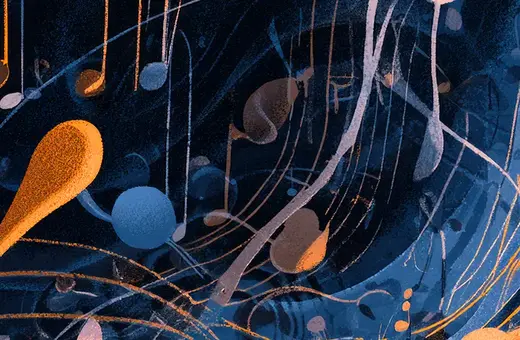
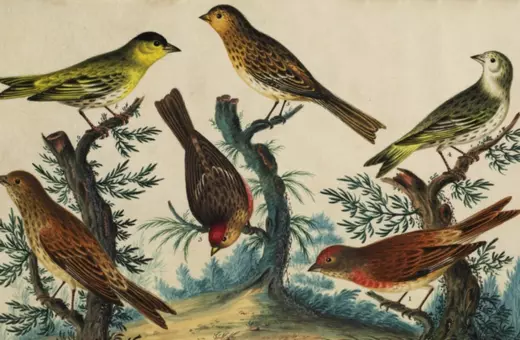




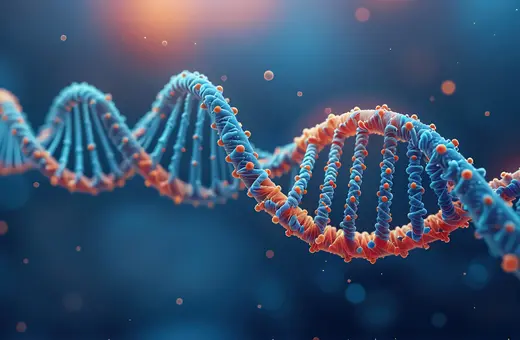
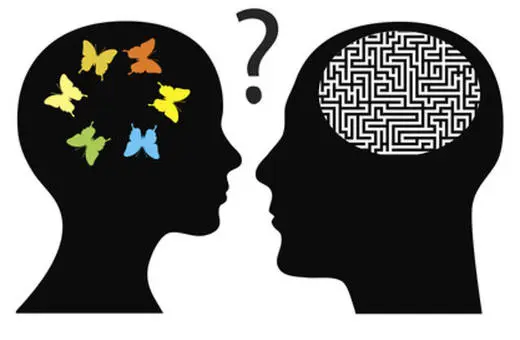


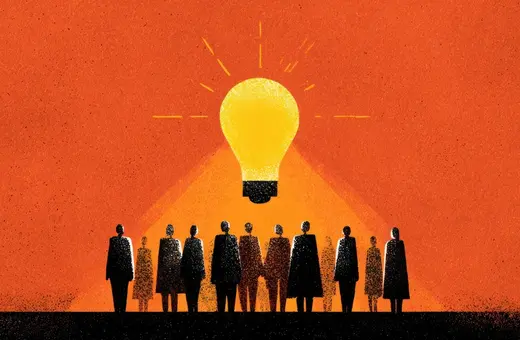
Join the conversation